Increased Focus on Women's Health
The heightened focus on women's health issues is a critical driver for the Pelvic Electro Stimulators Market. As societal attitudes shift towards prioritizing women's health, there is a growing recognition of conditions such as pelvic floor dysfunction and incontinence. This awareness is leading to increased funding for research and development of effective treatment options, including pelvic electro stimulators. Healthcare providers are also more likely to discuss these issues with patients, encouraging them to seek treatment. Market data suggests that investments in women's health initiatives are on the rise, which could further bolster the Pelvic Electro Stimulators Market. This trend indicates a promising future for devices that address women's specific health needs.
Rising Incidence of Pelvic Disorders
The increasing prevalence of pelvic disorders, such as urinary incontinence and pelvic pain, drives the Pelvic Electro Stimulators Market. According to recent health statistics, millions of individuals experience these conditions, leading to a growing demand for effective treatment options. Pelvic electro stimulators offer a non-invasive solution that appeals to both patients and healthcare providers. As awareness of these disorders rises, more patients seek treatment, thereby expanding the market. The Pelvic Electro Stimulators Market is likely to benefit from this trend, as healthcare systems prioritize innovative therapies that improve patient outcomes. Furthermore, the aging population, which is more susceptible to pelvic disorders, contributes to the market's growth. This demographic shift suggests a sustained demand for pelvic electro stimulators in the coming years.
Regulatory Support for Medical Devices
Regulatory support for medical devices is an essential factor influencing the Pelvic Electro Stimulators Market. Governments and health authorities are increasingly recognizing the importance of innovative medical technologies in improving patient care. Streamlined approval processes and favorable reimbursement policies are encouraging manufacturers to invest in the development of pelvic electro stimulators. This regulatory environment fosters innovation and ensures that effective treatments reach patients more quickly. As a result, the Pelvic Electro Stimulators Market is likely to experience growth as new products enter the market. Furthermore, ongoing collaboration between regulatory bodies and manufacturers may lead to enhanced safety and efficacy standards, further boosting consumer confidence in these devices.
Technological Innovations in Electrotherapy
Technological advancements in electrotherapy are significantly influencing the Pelvic Electro Stimulators Market. Innovations such as improved electrode designs, user-friendly interfaces, and enhanced stimulation techniques are making these devices more effective and accessible. Recent developments have led to devices that are not only more efficient but also more comfortable for users. The integration of smart technology, such as mobile applications for monitoring and control, is also emerging, which could further enhance user experience. As these technologies evolve, they are likely to attract a broader consumer base, including younger individuals who may benefit from preventive care. The Pelvic Electro Stimulators Market appears poised for growth as these innovations continue to reshape treatment paradigms.
Growing Demand for Home Healthcare Solutions
The shift towards home healthcare solutions is a notable trend impacting the Pelvic Electro Stimulators Market. Patients increasingly prefer receiving treatment in the comfort of their homes, which has led to a rise in demand for portable and user-friendly pelvic electro stimulators. This trend is supported by the increasing emphasis on patient-centered care and the desire for convenience. Market data indicates that home healthcare is projected to grow significantly, with more patients opting for at-home therapies. As a result, manufacturers are focusing on developing devices that cater to this demand, ensuring they are easy to use and effective. The Pelvic Electro Stimulators Market is likely to see a surge in sales as more individuals seek out these home-based treatment options.


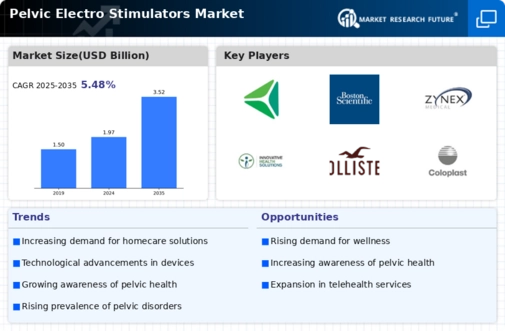


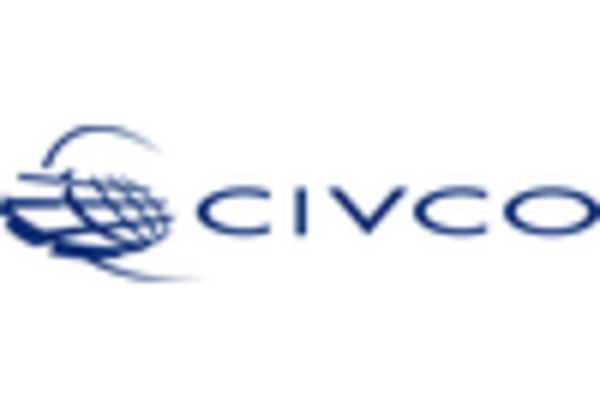
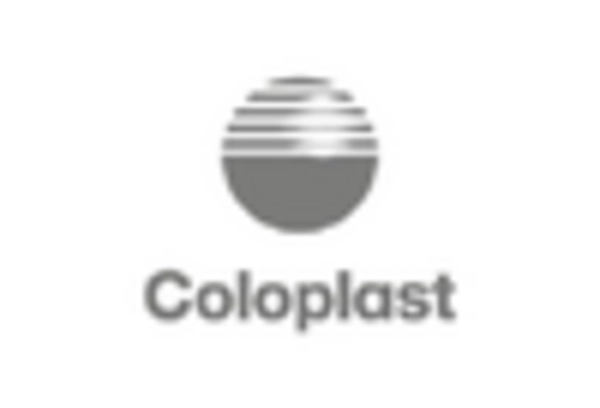
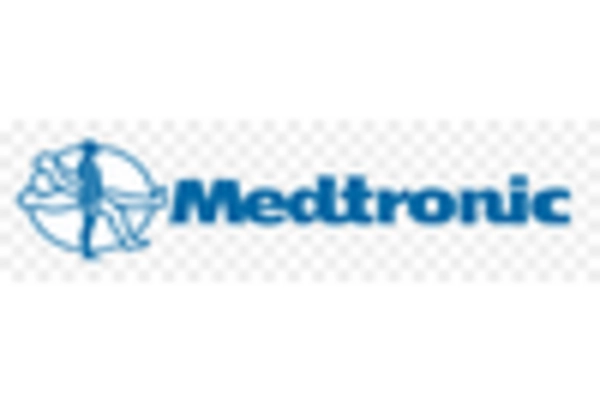
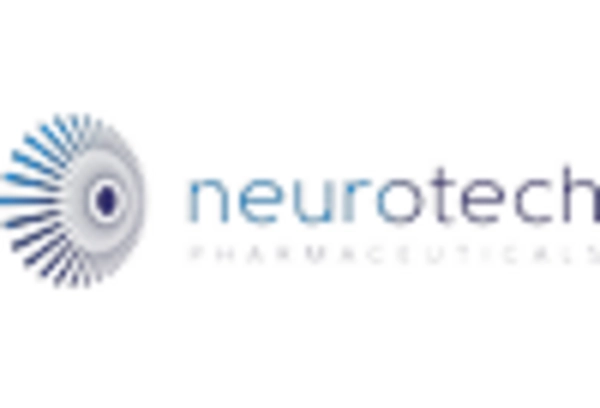









Leave a Comment